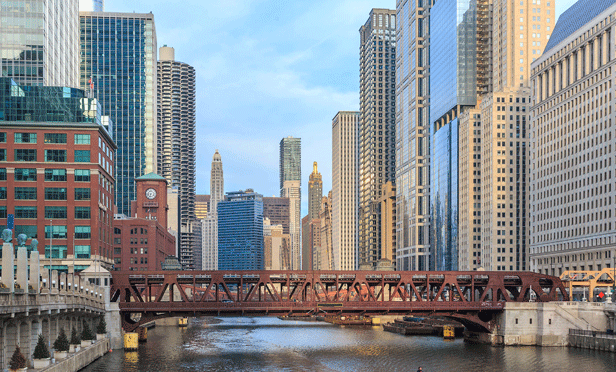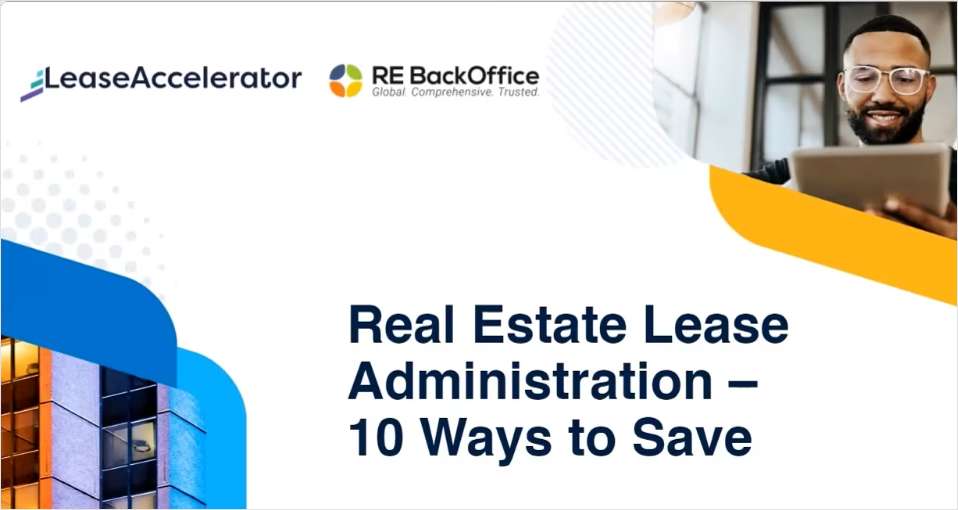CHICAGO—Even though investors have begun pouring money intocommercial real estate sectors such as multifamily, industrial andsenior housing, they remain cautious when it comes to most retail.However, urban infill retail has largely captured theirimagination. And yesterday at the Urban Land Institute'sFall Meeting, a panel of experts wrestled with thedifficulties presented when developing retail in dense urbancores.
John L. Bucksbaum, the former president and CEOof General Growth Companies, Inc., said he spentmost of his career in the suburbs. “Suburban retail is still very,very strong. The good malls are only going to get better.” However,he added that he “grew up on the development side of the business,”and since new suburban developments have gotten less common, as thehead of Bucksbaum Retail Properties LLC, he nowfocuses on urban infill retail.
Matthew Wakenight, the senior vice president,investments for Equity Residential Properties,said urban residential developers need to learn how to properly addin a retail component to their projects, even if it comprises arelatively small portion of the total cost. Although the benefitsare very hard to measure, the life properly-designed retail bringsto the street does create value, he believes, by making residentsmore loyal to an area. “If you're walking by vacant retaileveryday, it doesn't help. People want to live there and say,'that's my coffeeshop.'”
Continue Reading for Free
Register and gain access to:
- Breaking commercial real estate news and analysis, on-site and via our newsletters and custom alerts
- Educational webcasts, white papers, and ebooks from industry thought leaders
- Critical coverage of the property casualty insurance and financial advisory markets on our other ALM sites, PropertyCasualty360 and ThinkAdvisor
*May exclude premium content
Already have an account?
Sign In Now
© 2024 ALM Global, LLC, All Rights Reserved. Request academic re-use from www.copyright.com. All other uses, submit a request to [email protected]. For more information visit Asset & Logo Licensing.








